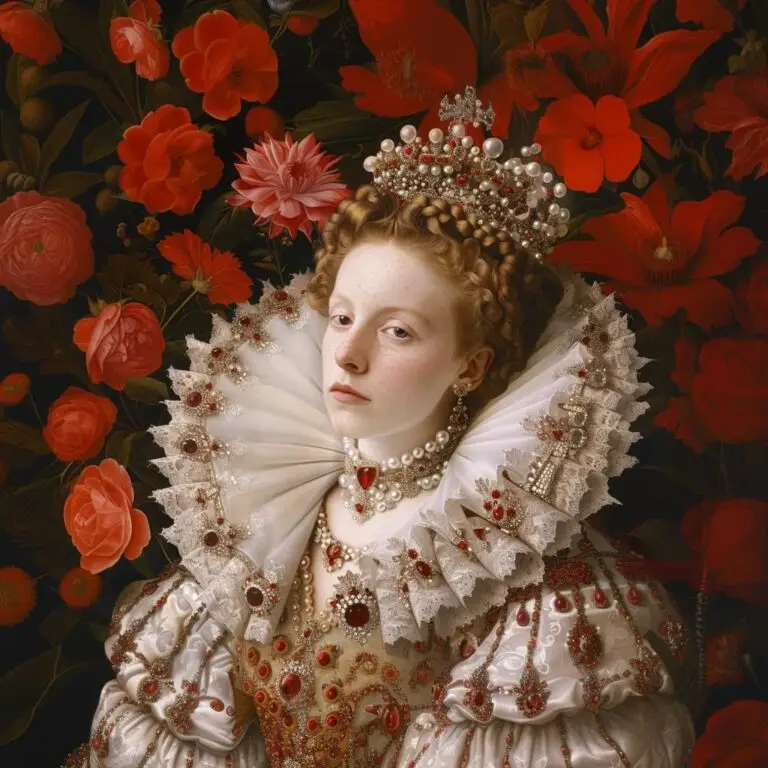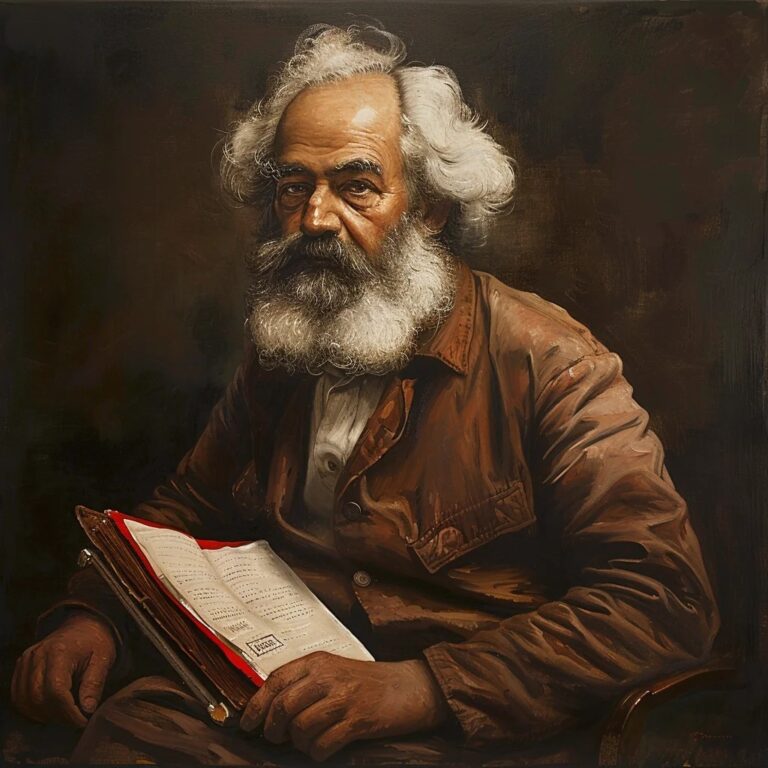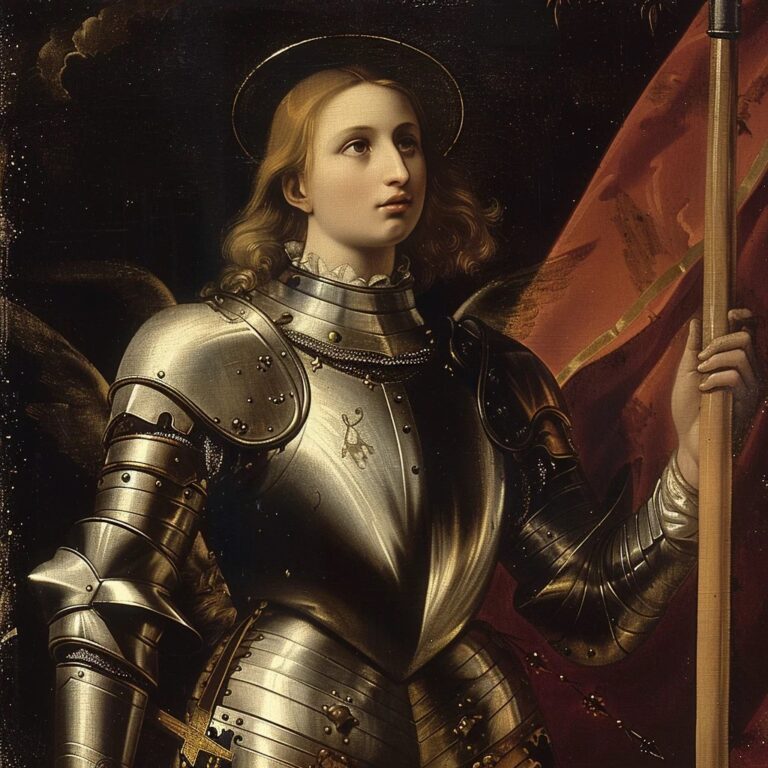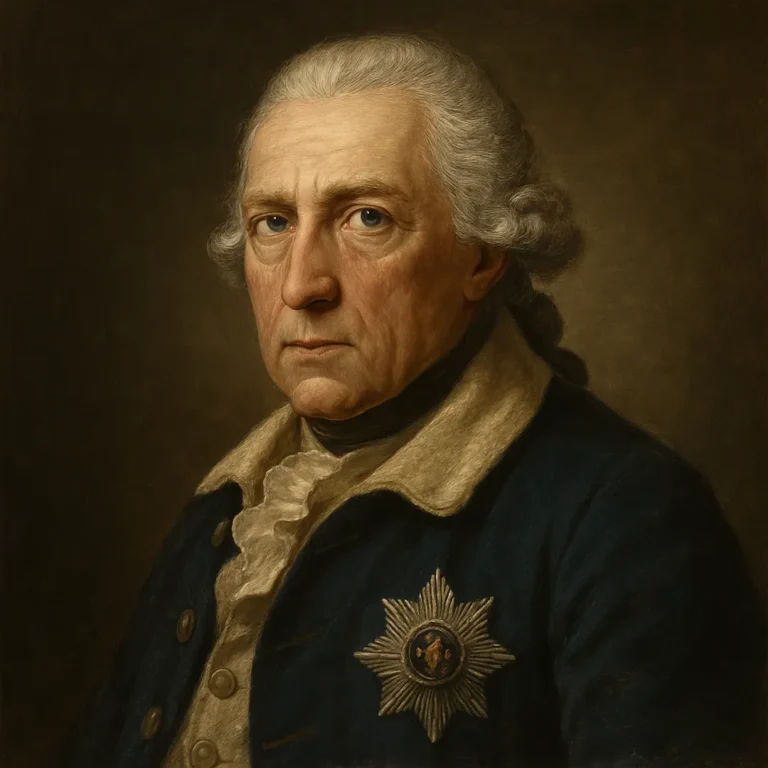Elizabeth I was born on September 7, 1533, at Greenwich Palace.
She was the daughter of Henry VIII and Anne Boleyn.
Elizabeth became queen after the death of her half-sister, Mary I.
She never married and was known as the Virgin Queen.
Elizabeth's reign is known for the flourishing of English drama, especially the works of William Shakespeare.
She established the English Protestant Church, which evolved into the Church of England.
The Spanish Armada was defeated in 1588 during her reign.
Elizabeth I was a patron of explorers such as Sir Francis Drake and Sir Walter Raleigh.
Her reign saw the beginning of English colonial expansion.
Elizabeth was imprisoned in the Tower of London by her half-sister Mary I.
She was known for her intelligence, political acumen, and strong will.
Elizabeth's long reign brought stability and prosperity to England.
The Elizabethan Poor Law of 1601 was one of the first systems of poor relief.
Elizabeth used elaborate gowns and cosmetics to create an iconic image.
She was fluent in several languages, including Latin, French, and Italian.



